Every year, the intricate network of roads across the United States witnesses millions of car accidents, a staggering figure that underscores a pervasive and often tragic reality. With approximately six million car accidents occurring annually, translating to roughly 15,000 incidents each day, the human cost is immense: around 37,000 crash fatalities and an additional 2.35 million injuries or disabilities annually. While these numbers represent an improvement from past decades, largely thanks to dedicated safe driving campaigns and stricter laws, they are by no means ideal; accident rates in the millions and death tolls in the tens of thousands remain a serious concern.
Understanding why these incidents occur is the crucial first step toward prevention. Many people acknowledge obvious dangers like drinking and driving, but other significant factors, such as the insidious threat of distracted driving, often go underappreciated. Even a momentary lapse in attention can drastically increase the likelihood of a collision, transforming a routine drive into a life-altering event. This article aims to shine a light on the leading causes of car accidents, clarifying the underlying reasons behind existing rules and regulations, and empowering individuals to contribute to safer roads through compliance and informed driving practices.
By delving into the most prevalent causes of car crashes, we can collectively gain a clearer perspective on the dangers lurking on our roadways. This knowledge is not just about understanding statistics; it’s about recognizing personal responsibilities, influencing driving habits, and ultimately, reducing the grim tally of accidents, injuries, and fatalities that plague our nation’s transportation system. Let’s explore the primary reasons why these unfortunate events unfold and what we can do to mitigate the risks for ourselves and others.
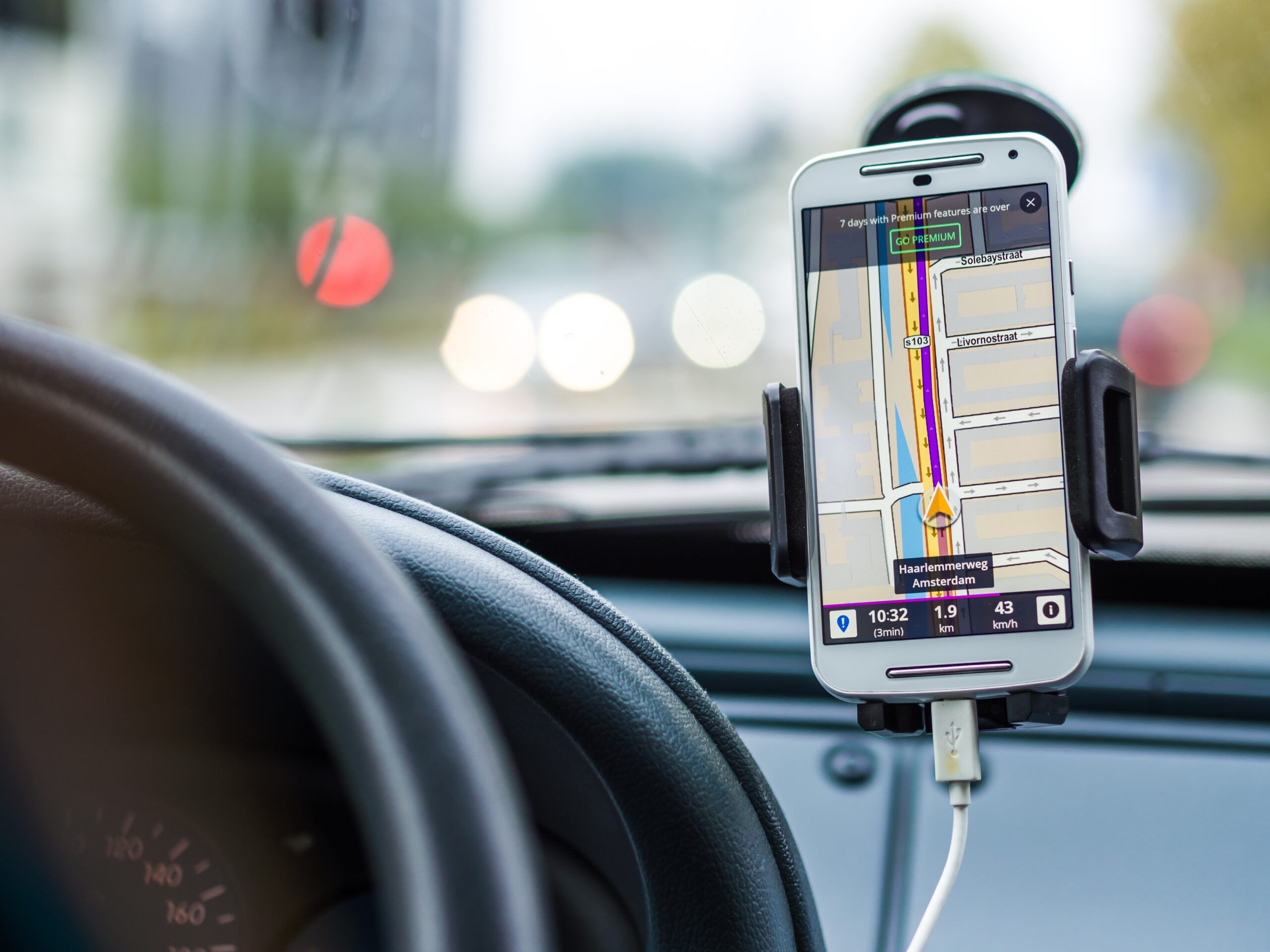
1. Distracted Driving
At the very top of the list of car accident causes in the U.S. each year is distracted driving, a recognized issue that, alarmingly, continues to worsen. This pervasive problem involves any activity that diverts a driver’s attention from the critical task of operating a vehicle safely. The implications are severe, frequently leading to serious car accidents, which often culminate in devastating injuries or even fatalities on our roads.
Distracted driving encompasses a wide range of behaviors that pull focus away from the road. This includes, but is certainly not limited to, texting while driving, operating any other handheld electronic device, driving with music blaring to the point of distraction, engaging in conversations with backseat passengers that demand too much attention, and even eating behind the wheel. The common thread among all these actions is that they compromise a driver’s ability to react to sudden changes or hazards, thereby increasing crash risk.
Statistics painfully underscore the gravity of this issue. Forbes has revealed that approximately 3,000 people lose their lives annually due to distracted drivers, a stark reminder of the human cost. The simple act of taking your eyes off the road for even a second can dramatically heighten the chances of a car accident, demonstrating why rules and regulations against such behaviors are not merely bureaucratic hurdles but essential safeguards designed to protect lives. It’s imperative for every driver to be smart when behind the wheel and keep all senses keenly attuned to the task at hand.
Read more about: Beyond the Badge: 13 Essential Car Features Standard on Budget Models, Optional on Luxury
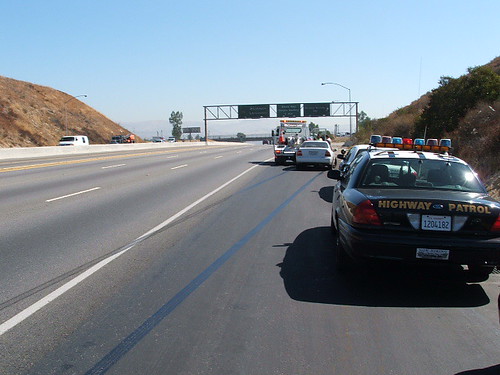
2. Speeding
While it’s a common, albeit flawed, refrain that “everyone speeds,” this casual attitude towards exceeding posted limits fails to acknowledge the critical role speed plays in road safety. Speed limits are not arbitrary numbers; they are meticulously designed to provide drivers with adequate time to react to obstacles, brake effectively for unexpected hazards, and navigate traffic safely. Disregarding these limits drastically reduces a driver’s window for decision-making and action.
Consider the consequences: if a driver is traveling at 50 mph in a 35 mph zone, they may not be able to stop in time for a sudden red light, or tragically, when a child unexpectedly runs into the road. Speeding is a profoundly common cause of car accidents because it directly correlates with a reduced reaction time. When drivers exceed the speed limit, they significantly shorten the distance required to come to a complete stop, making collisions far more likely and their outcomes more severe.
The data reinforces the danger. Speeding was a contributing factor in 29% of all fatal car accidents in 2022, according to the National Safety Council, accounting for approximately 33 deaths every single day. Alarmingly, Radarsign reported that 40% of speeding drivers involved in fatal crashes were between the ages of 16 and 24, highlighting a particular vulnerability among younger motorists. Despite 47% of drivers acknowledging that speeding is the leading cause of accidents, the problem persists, underscoring the vital need to obey speed limits, regardless of personal opinion, to prevent accidents and save lives.
Read more about: Steering Clear of Danger: The 14 Critical Mistakes People Make with Self-Driving Features and Why Autonomy Isn’t Always Safe
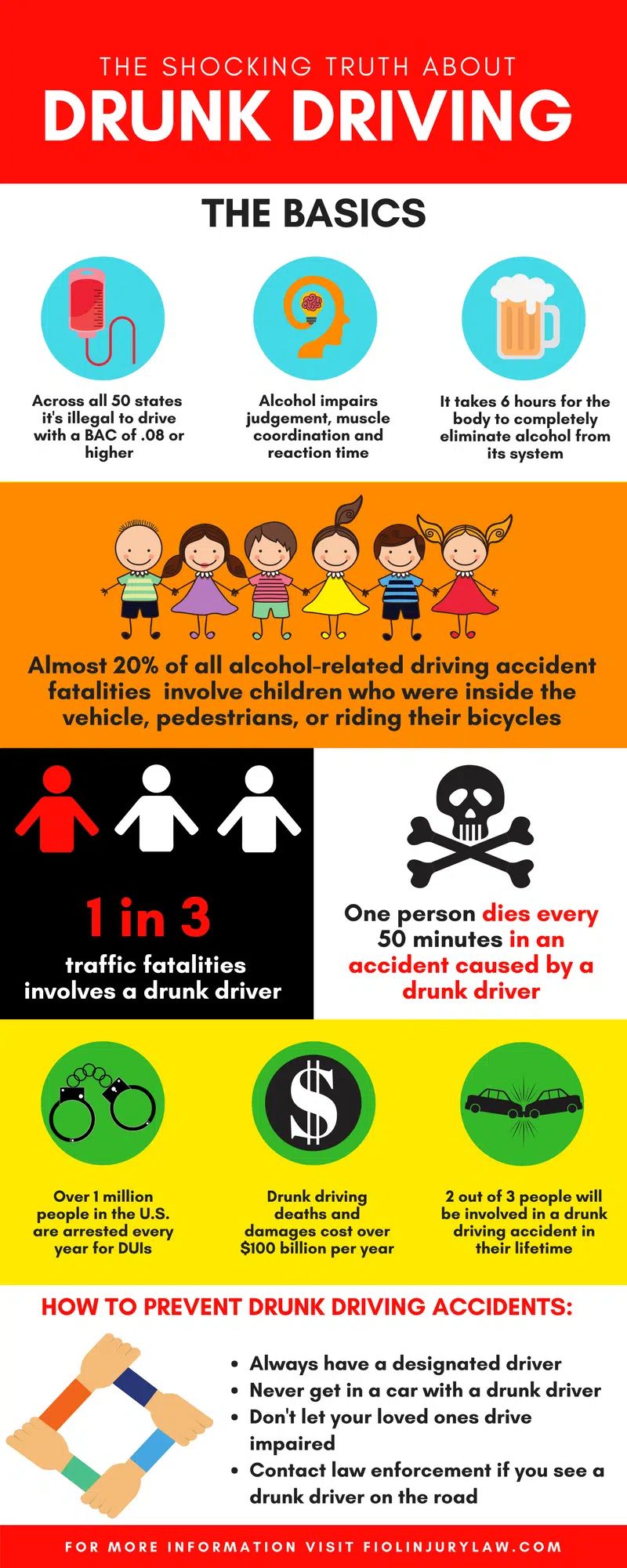
3. Drunk Driving
Drunk driving, once the number one cause of accidents, has thankfully seen a shift in its ranking, partly due to the relentless efforts of drunk driving campaigns and the advent of modern technology like cell phones and GPS devices that offer alternatives to driving while impaired. Nevertheless, an unacceptable number of accidents continue to be caused by drunk drivers each year, highlighting a persistent and grave threat to public safety. The choice to drive after consuming alcohol compounds the danger for everyone on the road.
Getting behind the wheel while drunk or high inherently impairs a driver’s ability to control their vehicle and react appropriately to hazards. Impaired driving is legally defined when a driver’s blood alcohol content (BAC) reaches 0.08% or higher, which is roughly equivalent to consuming four 12-ounce beers over a two-hour period. At this level, a driver is legally impaired and simply unfit to operate a vehicle. The impacts on judgment, coordination, and reaction time are profound, making safe driving virtually impossible.
The human toll of drunk driving is staggering. Mothers Against Drunk Driving (MADD) reports that 37 people die daily in drunk driving crashes, with one person sustaining an injury every 39 minutes. Even more concerning, in 2022, 19% of all alcohol-impaired drivers involved in fatal traffic accidents were between the ages of 15 and 20, demonstrating a particular risk among young motorists. There is never a safe amount of alcohol to consume before driving. The responsible choice is always to stay sober, designate a sober driver, or utilize ride-sharing services, preventing avoidable tragedies and ensuring everyone arrives home safely.
Read more about: Beyond the Tank: Unmasking the Dangerous Fuel Efficiency Trends and Driving Behaviors Imperiling Our Highways

4. Reckless Driving
Reckless driving signifies a willful disregard for safety, property, and the established rules of the road, and it plays a significant role in the high number of accidents recorded annually. This dangerous behavior is characterized by aggressive actions such as excessive speeding, erratically swerving in and out of traffic lanes, dangerously tailgating other vehicles, and other overtly aggressive maneuvers. Such actions are not just impolite; they are inherently perilous and contribute substantially to traffic incidents.
What constitutes reckless driving can vary slightly depending on state laws, but it is generally viewed as an intentional or conscious indifference to the safety of others. For instance, while some states might issue a simple speeding ticket for driving 10 mph over the limit, exceeding the speed limit by 25-30 mph can instantly elevate the charge to reckless driving. This legal distinction underscores the severity with which the justice system views such dangerous conduct.
Beyond the immediate danger of causing an accident, reckless driving carries significant legal and financial consequences. It is a serious traffic offense that can result in hefty fines, multiple points added to a driver’s license, and in some cases, even jail time. Furthermore, insurance companies classify reckless drivers as “high-risk,” leading to substantially higher premiums. According to The Zebra, reckless driving in 2020 could raise annual insurance premiums by $2,389, representing a 61% year-on-year increase. Being courteous and driving like a polite, civilized human being isn’t just good manners; it’s a critical component of road safety and financial prudence.
Read more about: From Dreamy Encounters to Total Nightmares: Fans Spill the Tea on the Best and Worst Celebrities They’ve Ever Met

5. Running Red Lights
Running red lights stands as one of the more obvious and undeniably dangerous causes of car accidents, a clear violation of a fundamental traffic rule. The message of a red light is universal and unequivocal: stop. It signifies that traffic flowing in other directions likely has a green or yellow light, meaning vehicles are expected to be entering or proceeding through the intersection. Disregarding this signal is not merely a minor infraction; it’s an act that directly invites catastrophe.
When a driver “blows through” a red light, they are almost certainly entering an intersection at precisely the moment another driver, who has the right-of-way, is proceeding. This creates a high-velocity, broadside collision scenario that is among the most lethal types of car crashes. The excuse of being distracted by work matters, family concerns, or any other personal issue does not mitigate the danger or the consequences. If a driver is too preoccupied to safely operate a vehicle, the only responsible action is to not get behind the wheel.
Statistics highlight the widespread nature of this dangerous behavior and the fear it instills in other motorists. Data from Cherokee County, Georgia, revealed that 55.8% of Americans admitted to running red lights, yet a staggering 96% of drivers also confessed to being scared of others doing the same thing. This dichotomy underscores a critical safety paradox. The Federal Highway Administration notes that almost half of all traffic injuries occur at intersections, with a significant number directly attributable to driver errors like improper turns and, crucially, running red lights. Adhering to traffic signals is not a suggestion; it’s a non-negotiable requirement for preventing accidents.
Read more about: Seriously, Where Did They Go? Unraveling the Mystery Behind 11 Beloved Classic TV Shows Vanishing from Streaming Services Today

6. Poor Weather Conditions
While driving in adverse weather conditions like rain, fog, snow, or ice cannot always be entirely avoided, practicing safe driving techniques under such circumstances is absolutely paramount. These conditions dramatically alter road surfaces and visibility, demanding a fundamental shift in a driver’s approach to vehicle operation. Failing to adjust driving habits to match the weather significantly increases the risk of losing control, skidding, and ultimately, crashing.
General best practices for driving in poor weather include reducing speed, substantially increasing following distance between your vehicle and the one ahead, ensuring your vehicle is equipped with appropriate tires and other necessary equipment for the expected conditions, and being prepared to pull over to the side of the road if visibility becomes too impaired. Your employer, significant other, or family will understand if you are late due to dangerous weather; risking an accident is never worth punctuality.
Specific weather phenomena demand tailored responses. In the rain, drive slowly and consider pulling over if visibility severely diminishes. For fog, use your fog lights, maintain or drive below the speed limit, and constantly monitor to stay within your lane. When snow is heavy, avoiding driving altogether is often the safest option, as many employers make allowances for severe weather. If driving in snow is unavoidable, engage four-wheel drive or use tire chains, and ensure your vehicle has snow tires if you live in a prone area. Ice, especially “black ice,” is particularly treacherous; approach bridges slowly, adhere to the speed limit, leave ample room, and begin braking much earlier when approaching stops to account for potential skidding. The U.S. Department of Transportation reports that over 418,000 people are injured in car crashes related to bad weather annually, emphasizing the critical need for caution and adaptation.
Continuing our exploration into the factors that make our roads dangerous, we now turn our attention to additional common causes of car accidents. From crucial distance management to personal physical conditions and specific environmental challenges, understanding these elements is vital for fostering safer driving habits and protecting everyone on the road.
Read more about: The Gear Reviewer’s Definitive Guide: 11 Most Rugged Camping Tents of 2025 Tested for Ultimate Durability and Value
7. Tailgating
Driving too closely to another vehicle, a practice known as tailgating, is not just discourteous—it’s incredibly dangerous and a leading cause of many fatal car accidents. There is simply no justifiable excuse for maintaining an insufficient distance between your vehicle and the one ahead. This aggressive behavior dramatically reduces your ability to react to sudden changes in traffic flow or unexpected stops, putting everyone at risk.
When you follow too closely, you eliminate the crucial buffer zone needed for safe braking and maneuvering. Experts generally recommend keeping a minimum of two to three car lengths between your vehicle and the car in front of you. This seemingly simple rule is designed to provide you with ample time to react if the car ahead suddenly slows down or stops, preventing a potentially severe collision.
Rear-end collisions, often a direct result of tailgating, constitute a significant portion of all motor vehicle crashes. The Texas Department of Insurance reported that these types of accidents account for approximately 23% of all motor vehicle crashes, leading to a staggering 950,000 injuries every year. To avoid becoming part of these statistics, adopt the ‘three-second rule’: choose a fixed point on the road, and once the car in front passes it, you should count three seconds before your car reaches the same point. If you pass it sooner, you’re too close.
Read more about: The AI Eye on Our Roads: How New Traffic Cameras Are Reshaping Enforcement and Safety

8. Drowsy Driving
Just as dangerous as driving under the influence of alcohol, operating a vehicle while drowsy or fatigued poses a serious threat to road safety. Research consistently indicates that being overtired can severely impair a driver’s judgment, significantly slow their reaction time, distort their vision, and even lead to the terrifying scenario of falling asleep behind the wheel. The subtle onset of fatigue can turn a routine drive into a deadly gamble.
The National Highway Traffic Safety Administration (NHTSA) vividly illustrates the pervasive nature of this problem, having found that a staggering 91,000 reported crashes in 2017 involved drowsy drivers. These incidents highlight how a simple lack of sleep can have far-reaching and tragic consequences, affecting not only the fatigued driver but also innocent road users.
Recognizing the signs of drowsiness is crucial for prevention. If you find yourself drifting off, struggling to concentrate, or repeatedly yawning, it’s a clear signal to take immediate action. The safest course is to pull off to the side of the road at a safe location and rest. If you are close to home or a hotel, prioritize getting sufficient sleep before attempting to drive again. Your alertness behind the wheel is non-negotiable for safety.
Read more about: Beyond the Badge: 13 Essential Car Features Standard on Budget Models, Optional on Luxury
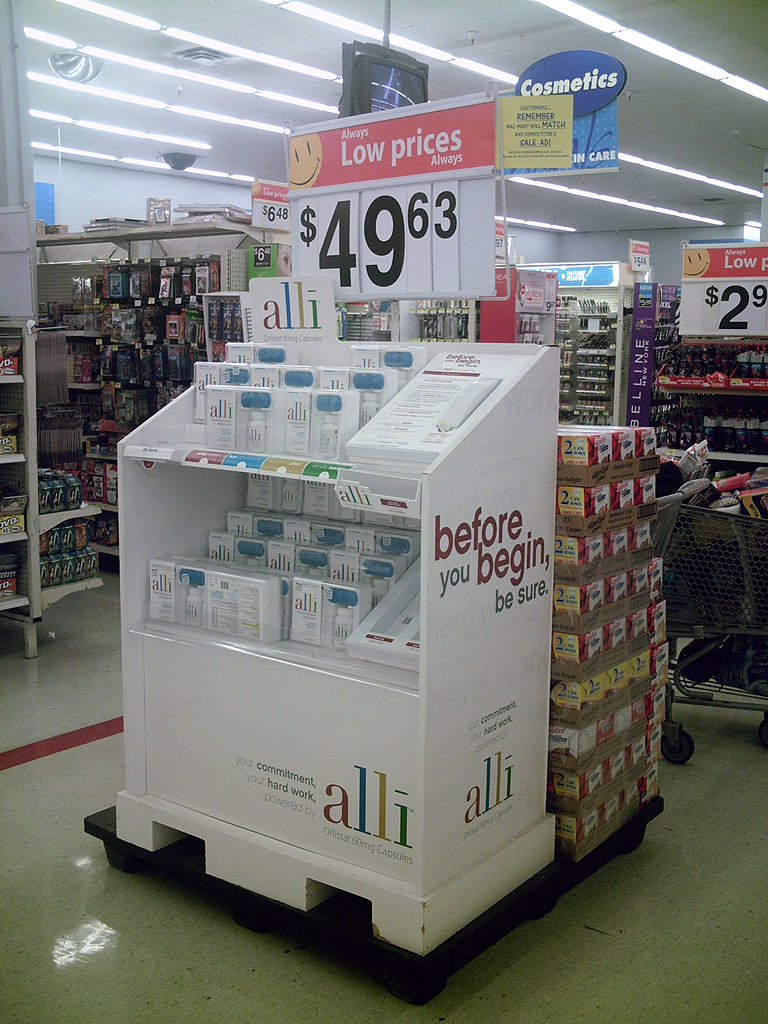
9. Drugs
Beyond alcohol and drowsiness, a range of other substances can profoundly impair your ability to drive safely. Both illegal narcotics and certain legal prescription medications can inhibit your senses, cloud your judgment, and make it exceedingly difficult to operate a vehicle responsibly. The effects can be varied, from altered perception and coordination to impaired decision-making, all of which compromise your safety and the safety of others.
It is critically important to understand that if a substance, whether illicit or medically prescribed, affects your mental or physical faculties, you should not get behind the wheel. The responsible choice is to avoid driving after consuming narcotics or taking heavy prescription medications that carry warnings about operating machinery or causing drowsiness. Always err on the side of caution when your ability to focus and react is compromised.
When your doctor prescribes a new medication, always take the initiative to ask specific questions about its potential impact on your driving abilities. Inquire if the use of the medication will impair your judgment, vision, or reaction time in any way. This proactive step can prevent unforeseen dangers and ensure you make informed decisions about when it is safe to drive, safeguarding yourself and everyone else on the road.
Read more about: But Why Did They Stop? 12 Life-Altering Experiences That Vanished on ‘Old’s’ Cursed Beach

10. Fog
Encountering fog while driving is an unavoidable reality in many regions, and it presents a significant challenge to road safety due to drastically reduced visibility. While you cannot control the weather, you can control your response to it. Fog creates a dense, opaque curtain that obscures your view of the road, other vehicles, and potential hazards, making even short distances treacherous.
If you find yourself forced to drive in foggy conditions, specific precautions are essential. Always engage your fog lights, which are designed to cut through the mist more effectively than regular headlights, providing better illumination of the road directly ahead without reflecting glare back at you. Crucially, you must drive at or even below the posted speed limit, as this allows you more time to react to the limited information available.
Maintaining constant vigilance and awareness of your surroundings is paramount in fog. Continuously check your mirrors and ensure you are staying precisely within your own lane. It’s easy to drift or become disoriented when visual cues are scarce. If the fog becomes so dense that visibility is severely impaired, the safest action is to pull over to the side of the road until conditions improve, rather than risking a dangerous collision.
Read more about: Financial Scrutiny: High Stakes and Hard Lessons from 14 Music Icons’ Ventures into the Volatile World of NFTs and Crypto
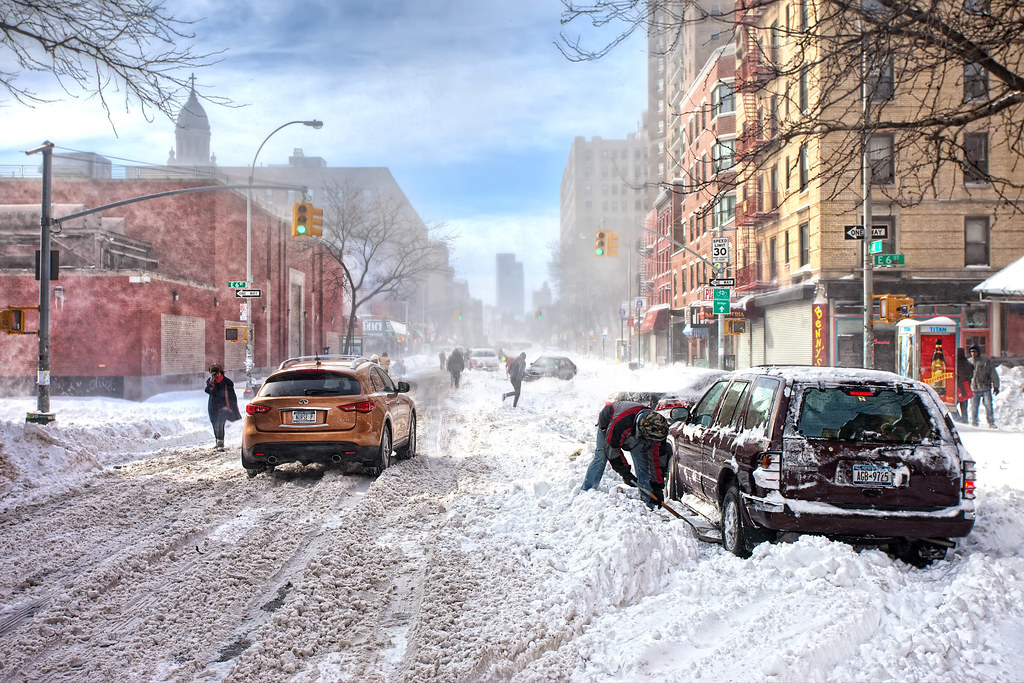
11. Snow
Driving in snowy conditions introduces a host of risks, making it one of the more challenging environmental factors for motorists. The safest approach, particularly when there is a great deal of snow on the ground, is to avoid getting behind the wheel entirely. Many employers, recognizing the dangers of severe winter weather, often make allowances for heavy snows, permitting workers to work from home or take the day off. Prioritizing safety over punctuality can prevent serious accidents.
However, if driving in snow becomes absolutely unavoidable, specific preparations and techniques are crucial. For those with appropriate vehicles, engaging four-wheel drive can significantly improve traction and control. Always drive slowly, minimizing sudden accelerations or decelerations, which can lead to skidding. If your vehicle is not equipped with four-wheel drive, consider using tire chains to enhance grip on slippery surfaces.
For drivers residing in areas prone to heavy snowfall, proactively equipping your vehicle with snow tires is a wise investment. These tires are designed with specialized treads and compounds that perform better in cold temperatures and on icy or snowy roads. Being prepared with the right equipment and adopting a cautious, defensive driving style are your best defenses against the hazards of snowy conditions, helping to ensure a safer journey.
Read more about: 10 Critical Car Maintenance Tasks You Can’t Afford to Ignore
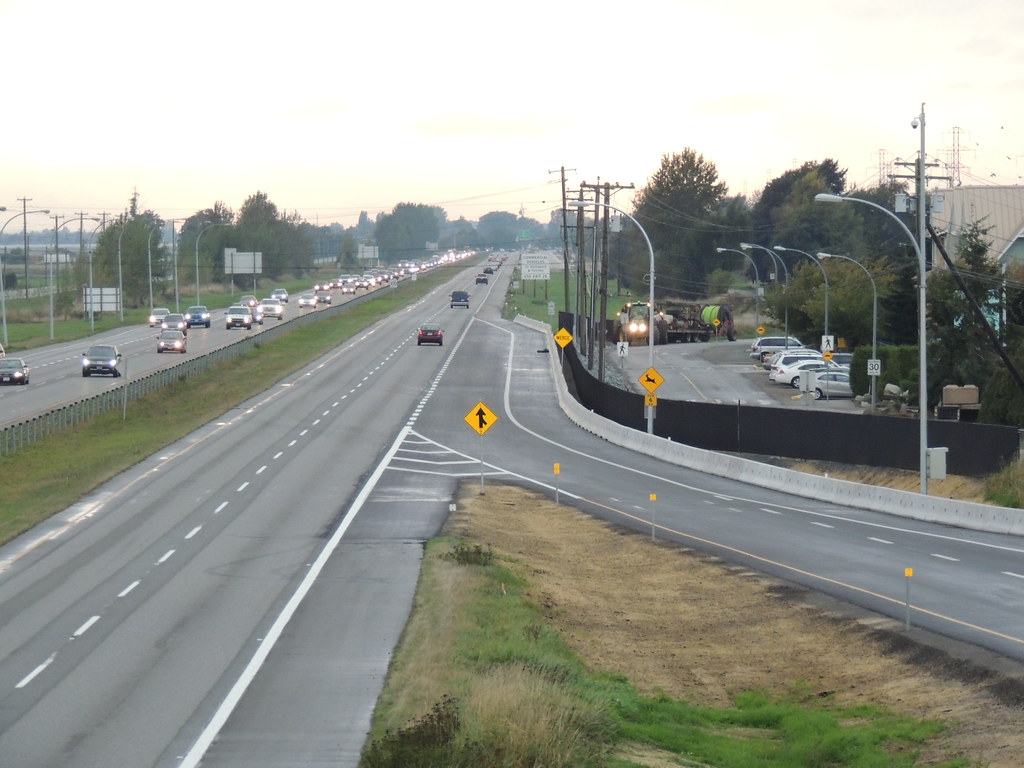
12. Unsafe Lane Changes
While changing lanes is a necessary part of driving, executing an unsafe lane change is a common cause of motor vehicle accidents. An unsafe lane change typically involves failing to check mirrors and blind spots, attempting to switch lanes when there is insufficient space between vehicles, or making the change at excessive speeds without proper signaling. These actions create unpredictable movements in traffic flow and can have immediate, dangerous consequences.
Accidents occur during unsafe lane changes because other drivers are simply not given adequate time or warning to react to your maneuver. When a driver suddenly merges without proper observation or signaling, it forces surrounding vehicles to brake sharply or swerve, increasing the likelihood of a collision. Such actions are not only hazardous but also constitute a traffic offense, potentially resulting in fines and citations.
Statistics from the International Association of Traffic and Safety Sciences (IASS) highlight the severity of this issue, reporting that 17% of severe crashes between 2010 and 2017 were directly caused by sudden lane changes. To prevent such incidents, always follow the proper procedure: activate your turn signal well in advance, thoroughly check your mirrors, perform a head check over your shoulder to scan blind spots, and only proceed with the lane change when there is ample, safe space to do so.
Read more about: The Definitive Consumer Report: Unmasking the Vehicles and Manufacturers Plagued by the Most Recalls in Automotive History
Most car accidents, as this comprehensive list indicates, stem primarily from human error and negligence. While it’s unrealistic to envision a world entirely free of traffic incidents, we all possess the power to drastically reduce the grim statistics. By adhering to traffic laws, consciously avoiding distractions, never driving under the influence, adapting our driving to adverse weather and road conditions, and maintaining our vehicles in optimal working order, we collectively contribute to a safer driving environment. Being aware of other drivers, particularly less experienced or elderly motorists, and giving ample room to pedestrians and cyclists further solidifies our commitment to road safety. Even one less accident represents a monumental step in the right direction towards creating safer journeys for everyone.




